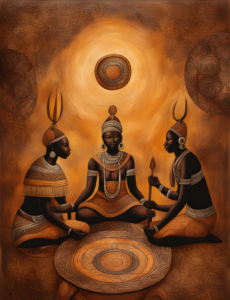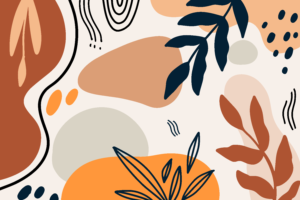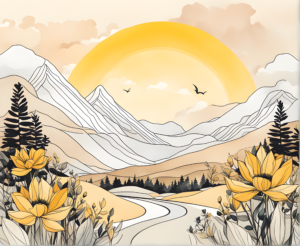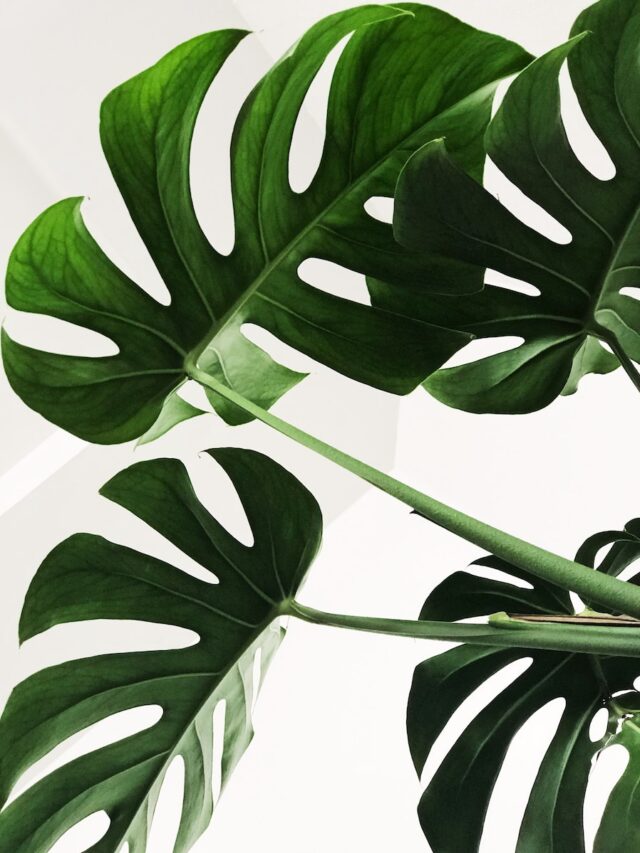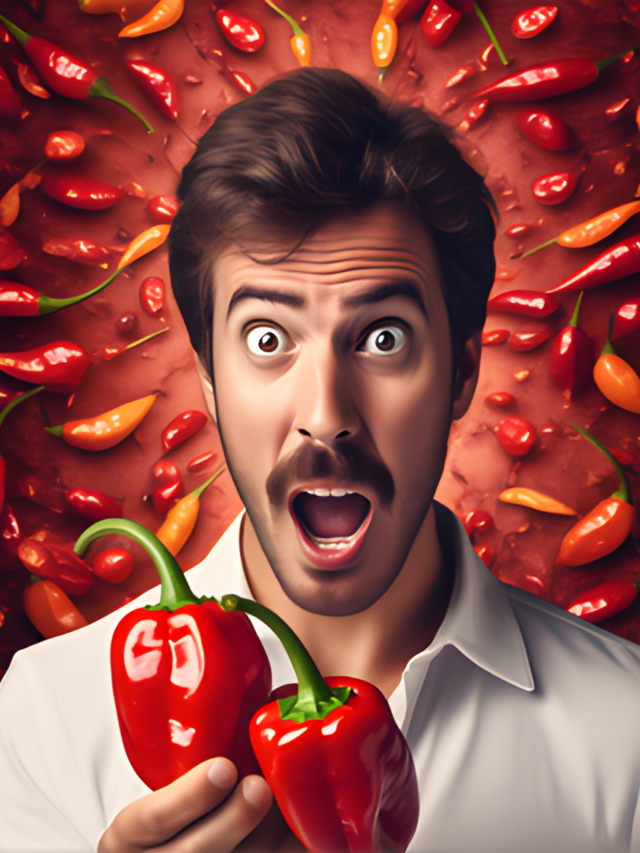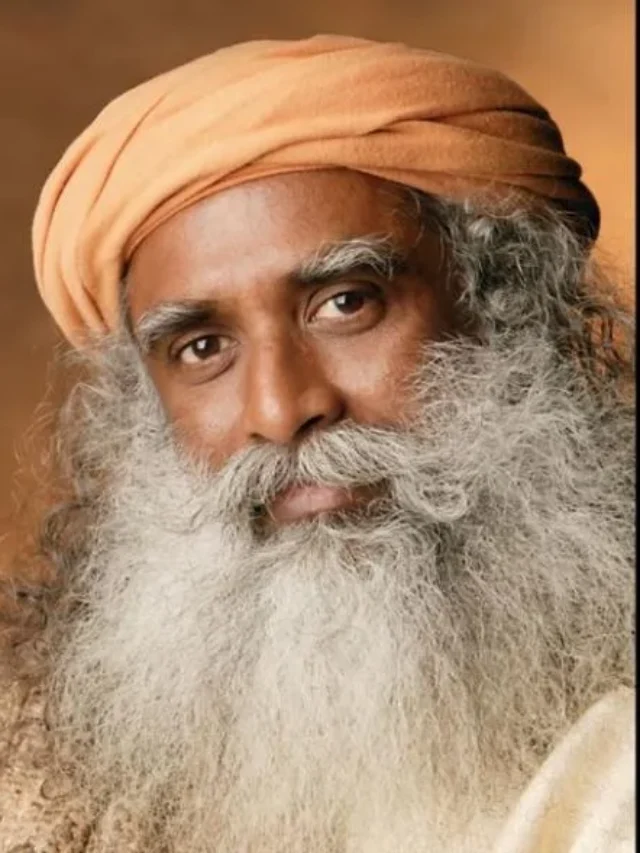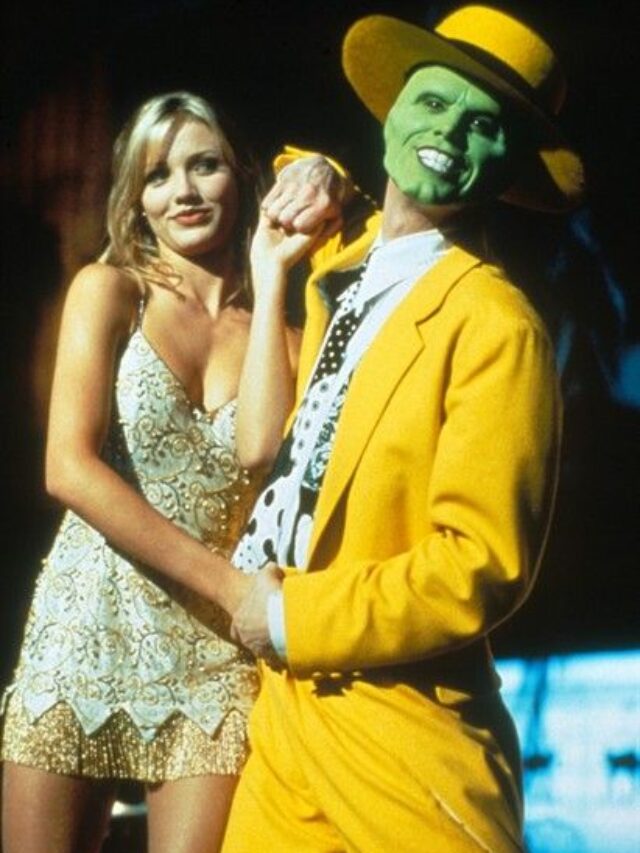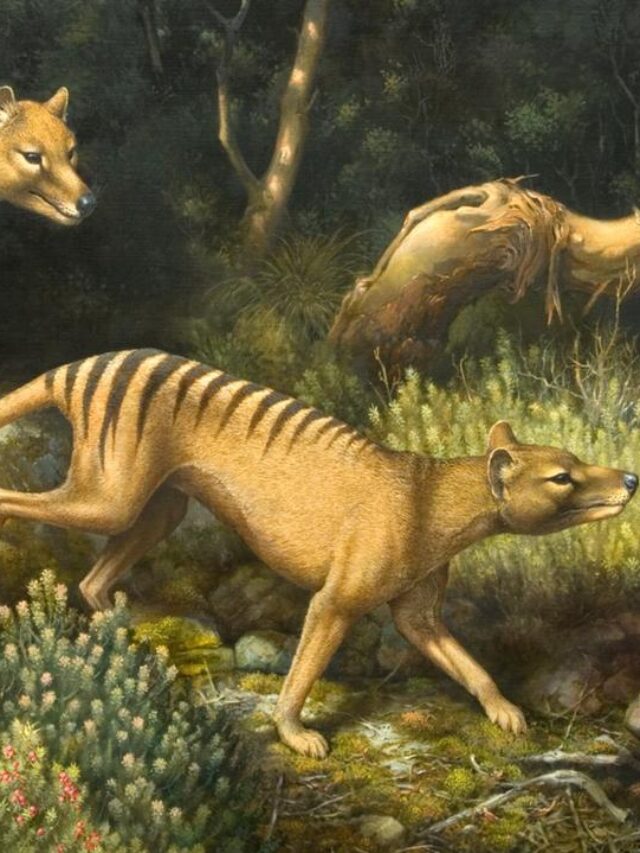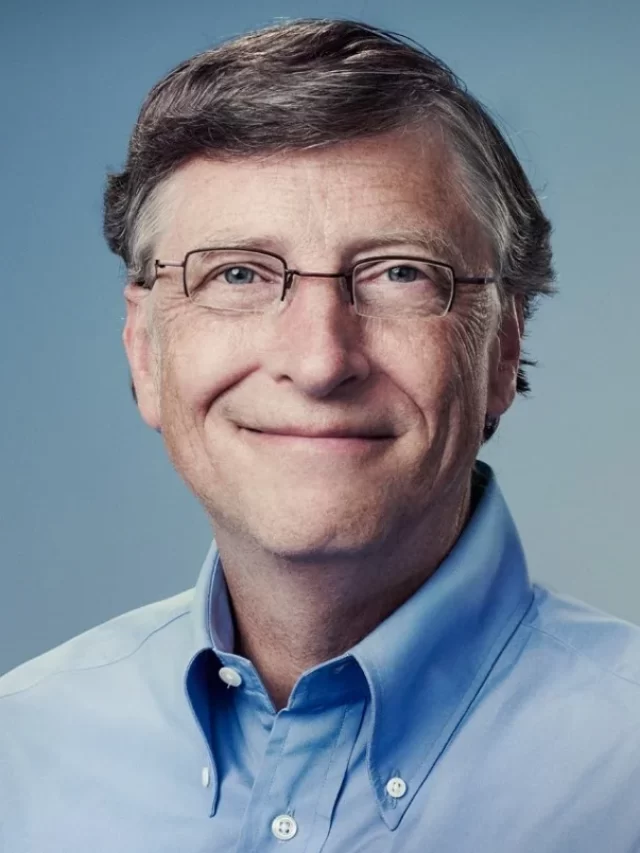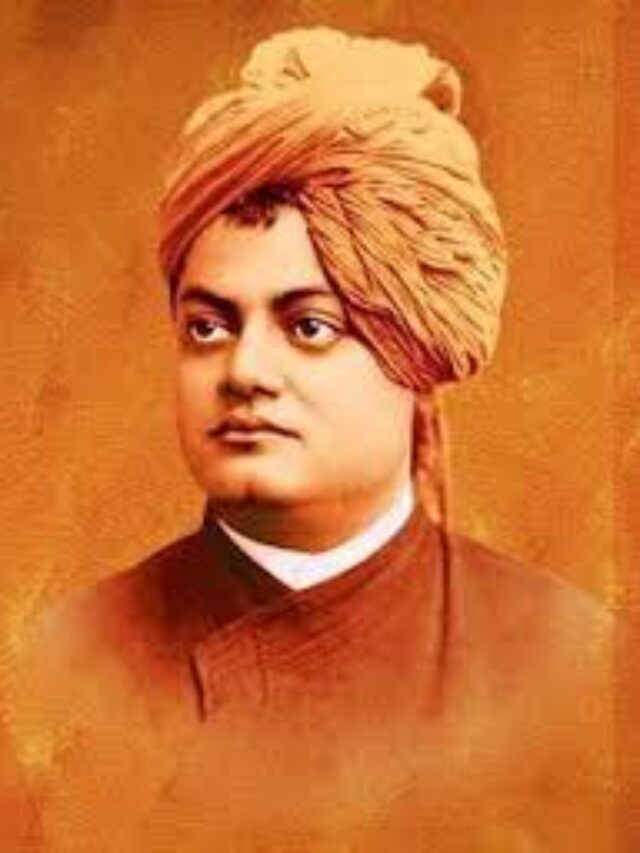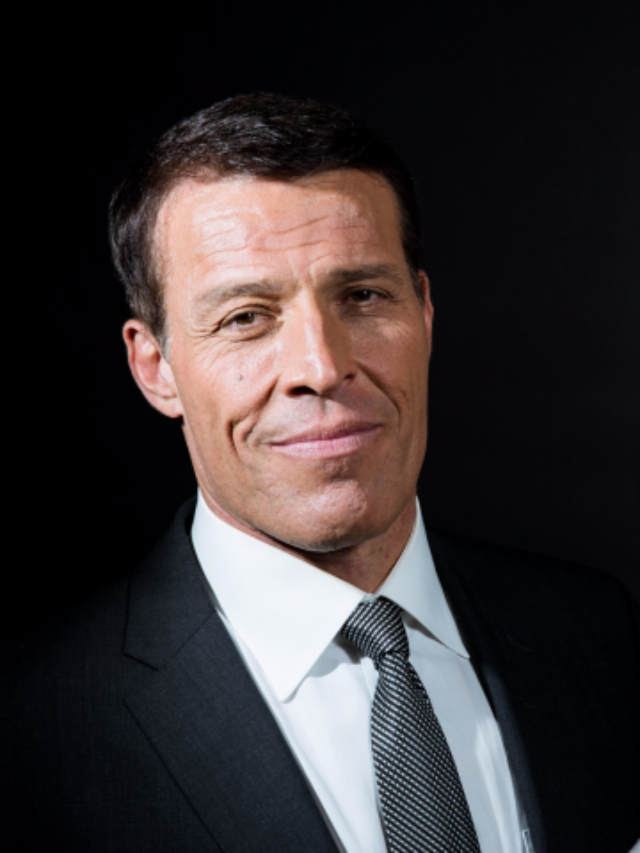With his lovely imagination, dexterity and a flair for calligraphy, he could not hold himself back in giving expression to his thoughts through lines and colors.
The only training which he had had from his young days, he said, was ‘the training in rhythm: rhythm in thought, rhythm in sound. I had come to know that rhythm gives reality to that which is desultory, which is insignificant in itself’.
This was followed by exhibitions of his works, in later years, in India and abroad. Henri Bidou, a French art critic, aptly wrote in 1930:
As a poet, he has before his eyes a vision which he describes, or, as he calls it, a mental representation. He sees a landscape, a garden, or a face, he imitates as a painter imitates, ahis model impressed upon his mind. His verses communicate images seen or created.
On the contrary, when he becomes a painter, exactly at the point at which others begin to copy, he ceases to copy. His pictures do not represent a scheme preconceived in his mind.
So, far from seeing them beforehand, he actually does not know, while he is doing them, what they are going to be. So, in producing his poetry, he worked as a painter, now that he is a painter, he works like a poet.”
He never faced the hindrance that for. mal training can sometimes bring in the way of freedom and vitality of imagination. Commenting on his work, Stella Kramrisch, a well-known authority on Indian arts wrote:
It does not stop short at design or composition. Each of the hundreds of drawings and paintings is a living and balanced artistic organism.”
Moreover, there is a kind of spirituality in his forms of men, women, birds, animals and trees and even inanimate objects.
The evocative quality of his works seems to grow more and more when one silently immerses oneself in his dream images.
Dominating black ink lines divide the tinted areas which are themselves of intriguing shapes, sometimes fantastic birds and legendary animals, finely cut in arabesque, and sometimes mask-like faces in profile or oval-shaped (e.g., Woman ‘s face in colour, 1930).
Reddish, brownish, yellowish tones that are imbued with expressive power often contrast with a black background such as in Night of dream.
All his images are infused with subtle rhythms, through which runs a note of calm and quiet, in the ‘apparition- like’ creations. His Male Head and Man Riding a Donkey in pen and ink are apt examples.
There is a rich rhythmic automatism in his ‘scribbled’ or ‘doodled’ pen and ink, or crayon lines and brush strokes with black ink that fill the shapes and forms of fantastic faces, figures and things as also the background spaces.He harmonises the inks with rare taste and sensitivity.
Rabindranath’s work has often been compared to modern European artists, particularly German expressionists, for the similarity in the manner of piercing through the outer reality to reveal the inner truth.
Like his poetry, his paintings are images of man and nature. The addition of an element of strangeness to these, however, infuses a touch of romanticism and wonder to his works.
He lends grace and animated suppleness to the unique curves that form his images. His drawings and paintings, even though they are works of an amateur, are a window to his extraordinary personality.
Rabindranath does not impress us with his technical virtuosity but stirs our souls with images intuitively extracted from his powerful imagination.
His work is experiences of himself rendered with a fine feeling for line and color. He is applauded as a painter, for, he painted dreams the way no one else could.
Books:
- Stories from Tagore
- The Religion of Man: Rabindranath Tagore
- Chokher Bali (Aank Ki Kirkiri) – HINDI
- Greatest Works of Rabindranath Tagore
- Sadhana : the realisation of life
- My Life in My Words
- Gora (Hindi)
- THE POLITICAL IDEAS OF RABINDRANATH TAGORE: Reflections of a Public Intellectual
1. Dadaism 2. Fauvism 3. Synthetic Cubism 4. What is Art 5. Minimalism 6. Philosophy of Art 7. Banksy’s painting 8. Graffiti 9. Facts about Paul Gauguin 10. Beginning of civilization 11.Famous Quotes by Pablo Picasso 12. Leonardo da Vinci quotes 13.George Keyt 14. Gulam Mohammad Sheikh 15. female influential Artist 16. Why did Van Gogh cut off his ear 17. The Starry Night 1889 18. most expensive paintings 19. The Stone Breakers 20. Vocabulary of Visual Art 21. Contemporary art 22. What is Digital Art 23. Art of Indus Valley Civilization 24. Essential tools and materials for painting 25. Indus Valley 26. PostImpressionism 27. Mesopotamian civilizations28. Greek architecture 29. Landscape Artists 30. THE LAST SUPPER 31. Impressionism 32. Prehistoric Rock Art of Africa 33. Hand Painted Wine Glasses 34. George Keyt
1.Proto- Renaissance: History and characteristics 2. HighRenaissance 3. KineticArt 4. Purism 5. Orphism 6. Futurism 7. Impressionism: A Revolutionary Art Movement 8. Post Impressionism 9 Fauvism | Influence on Fauvism 10. Cubism | Cezannian Cubism | Analytical Cubism | Synthetic Cubism 11. Romanticism 12. Rococo: Art, Architecture, and Sculpture 13. Baroque art and architecture 14. Mannerism 15. Dadaism: Meaning, Definition, History, and artists 16. Realism: Art and Literature 17. DADAISM OUTSIDE ZURICH 18. BAPTISM OF SURREALISM 19. OPART 20. MINIMALISM


